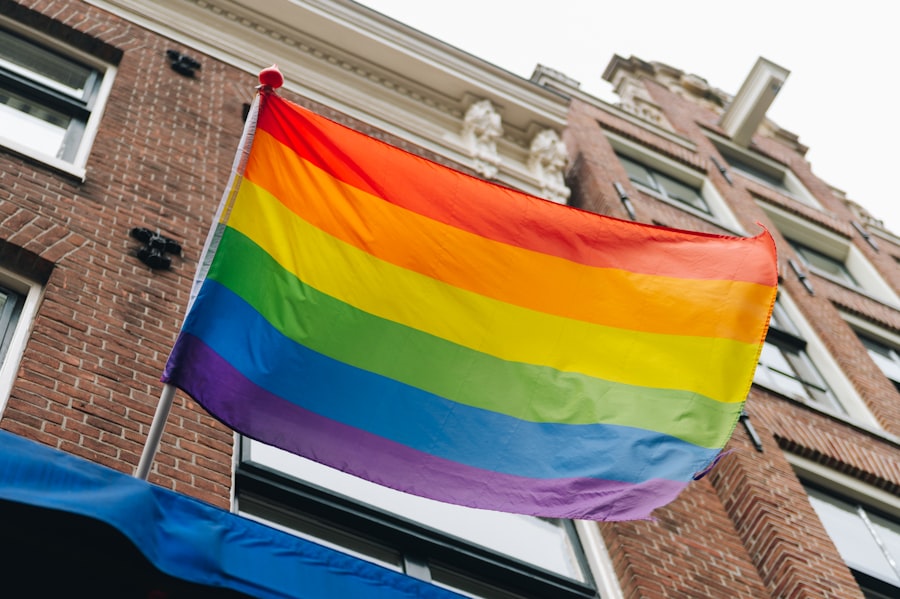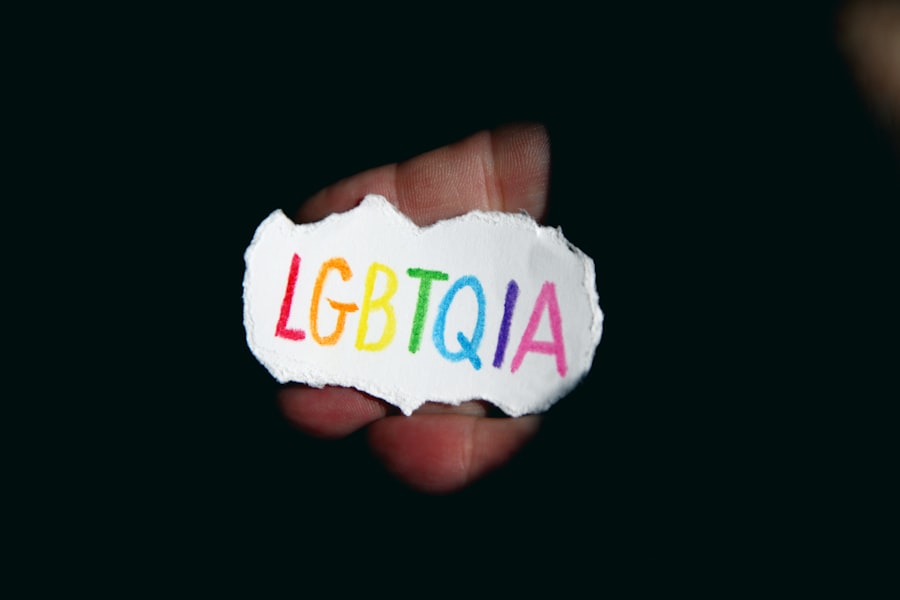Gender, as a sociological concept, transcends mere biological differences between males and females. It encompasses the roles, behaviors, activities, and expectations that society attributes to individuals based on their perceived sex. In sociology, gender is understood as a social construct that shapes individual identities and influences social interactions.
The study of gender in sociology examines how these constructs are formed, maintained, and challenged within various cultural contexts. This exploration is crucial for understanding the complexities of human behavior and the dynamics of power within societies. The significance of gender in sociology lies in its pervasive influence on social structures and institutions.
Gender roles dictate not only personal relationships but also professional opportunities, political representation, and economic status. By analyzing gender through a sociological lens, researchers can uncover the underlying mechanisms that perpetuate inequality and discrimination. This examination reveals how societal norms and values shape individual experiences and contribute to broader patterns of behavior, ultimately influencing the fabric of society itself.
Key Takeaways
- Gender is a key concept in sociology that examines the social and cultural differences between men and women.
- Gender is a social construct, meaning it is created and reinforced by societal norms and expectations.
- Gender inequality and power dynamics are pervasive in society, leading to disparities in opportunities and resources between men and women.
- Social institutions such as family, education, and the workplace play a significant role in shaping and perpetuating gender roles and expectations.
- Intersectionality is the idea that gender intersects with other social categories such as race, class, and sexuality, leading to unique experiences of oppression and privilege.
The Social Construction of Gender
The social construction of gender posits that gender identities and roles are not innate but rather developed through socialization processes. From a young age, individuals are exposed to societal expectations regarding masculinity and femininity, which are reinforced through family dynamics, educational systems, and media representations. For instance, children often receive different toys based on their gender; boys may be encouraged to play with trucks and action figures, while girls might be given dolls and kitchen sets.
These early experiences lay the groundwork for future behaviors and attitudes, shaping how individuals perceive themselves and others. Moreover, the social construction of gender is evident in language and communication styles. Research has shown that men and women often employ different linguistic strategies, reflecting societal norms about assertiveness and emotional expression.
For example, women may use more collaborative language, while men might adopt a more competitive tone.
As individuals navigate various social contexts, they internalize these gendered communication styles, further entrenching the societal constructs of gender.
Gender Inequality and Power Dynamics

Gender inequality is a pervasive issue that manifests in various forms across different societies. It is characterized by unequal access to resources, opportunities, and rights based on an individual’s gender. This inequality is often rooted in historical power dynamics that privilege certain genders over others.
For instance, patriarchal systems have historically placed men in positions of authority, leading to systemic disadvantages for women and non-binary individuals.
The dynamics of power associated with gender inequality extend beyond economic disparities; they also influence social relationships and cultural norms.
In many societies, traditional gender roles dictate that men should be dominant and assertive while women are expected to be nurturing and submissive. These roles not only limit individual potential but also perpetuate cycles of oppression. For example, domestic violence is often rooted in these power dynamics, where men may exert control over women through physical or emotional abuse.
Understanding these dynamics is essential for addressing the root causes of gender inequality and fostering more equitable societies.
Gender and Social Institutions
| Country | Gender Inequality Index | Maternal Mortality Ratio | Women in Parliament |
|---|---|---|---|
| Norway | 0.048 | 5 | 41.4% |
| United States | 0.205 | 14 | 23.7% |
| India | 0.501 | 174 | 11.8% |
Social institutions play a critical role in shaping and reinforcing gender norms. Institutions such as family, education, religion, and the workplace contribute to the socialization of individuals into specific gender roles. In the family unit, for instance, parents may unconsciously model traditional gender behaviors that their children emulate.
This modeling can create a cycle where children grow up to replicate these roles in their own families, perpetuating existing norms. Educational institutions also serve as significant sites for the reinforcement of gender norms. From classroom interactions to curricular content, schools can either challenge or uphold traditional gender roles.
For example, studies have shown that teachers may unconsciously favor boys in science and math classes while encouraging girls to excel in language arts. This differential treatment can impact students’ self-esteem and aspirations, leading to long-term consequences in their career choices and opportunities. By critically examining how social institutions contribute to the construction of gender roles, sociologists can identify areas for intervention and reform.
Intersectionality and Gender
Intersectionality is a framework that recognizes the interconnectedness of various social identities, including race, class, sexuality, and gender. Coined by scholar Kimberlé Crenshaw in the late 1980s, this concept emphasizes that individuals experience multiple forms of oppression simultaneously. For instance, a Black woman may face discrimination not only based on her gender but also due to her race.
This layered experience highlights the inadequacy of analyzing gender in isolation from other social categories. The intersectional approach allows for a more nuanced understanding of how different identities shape experiences of privilege and oppression. For example, LGBTQ+ individuals may encounter unique challenges related to their sexual orientation or gender identity that differ from those faced by heterosexual or cisgender individuals.
By considering these intersecting identities, sociologists can better understand the complexities of social inequality and develop more effective strategies for advocacy and change.
Gender and Sexuality

The relationship between gender and sexuality is intricate and multifaceted. While gender refers to the roles and expectations associated with being male or female, sexuality encompasses sexual orientation and preferences. These two aspects of identity are deeply intertwined; societal norms surrounding gender often dictate acceptable expressions of sexuality.
For instance, traditional notions of masculinity may discourage men from expressing vulnerability or emotional intimacy with other men, leading to stigmatization of same-sex relationships. Moreover, the policing of sexuality based on gender norms can have profound implications for individuals’ lives. Women who assert their sexual agency may face backlash or judgment for defying traditional expectations of modesty or submissiveness.
Conversely, men who do not conform to hypermasculine ideals may be marginalized or ridiculed. This interplay between gender and sexuality underscores the importance of examining both constructs together to fully understand the dynamics of power and oppression within society.
Gender and Social Change
Social change regarding gender has been a significant focus of sociological inquiry over the past century. Movements advocating for women’s rights, LGBTQ+ rights, and broader gender equality have sought to challenge entrenched norms and promote inclusivity. The feminist movement, for example, has played a pivotal role in raising awareness about issues such as reproductive rights, workplace discrimination, and domestic violence.
Through activism and advocacy, feminists have sought to dismantle patriarchal structures that perpetuate inequality. In recent years, there has been a growing recognition of the need for intersectional approaches to social change efforts. Activists are increasingly aware that addressing gender inequality requires an understanding of how various identities intersect to create unique experiences of oppression.
This shift has led to more inclusive movements that prioritize the voices of marginalized groups within the broader struggle for gender equality. As society continues to evolve, ongoing efforts to challenge traditional norms will be essential for fostering a more equitable future.
Future Directions in Gender Sociology
The future of gender sociology is poised for significant evolution as societal attitudes continue to shift. One emerging area of focus is the impact of technology on gender identities and expressions. The rise of social media platforms has created new spaces for individuals to explore their gender identities outside traditional binaries.
Online communities provide support networks for those questioning their gender or seeking affirmation in their identities. Sociologists will need to examine how these digital spaces influence perceptions of gender and contribute to broader societal changes. Additionally, there is an increasing emphasis on global perspectives in gender sociology.
Understanding how cultural contexts shape gender norms across different societies is crucial for developing comprehensive theories that account for diversity in experiences. As globalization continues to connect people across borders, sociologists must consider how transnational movements impact local understandings of gender. In conclusion, the study of gender in sociology remains a dynamic field that reflects ongoing societal changes and challenges traditional norms.
By exploring the complexities of gender as a social construct intertwined with power dynamics, social institutions, intersectionality, sexuality, social change efforts, and future directions in research, sociologists can contribute valuable insights toward fostering a more equitable society for all individuals regardless of their gender identity or expression.
Gender is a complex and multifaceted concept that is deeply intertwined with societal norms and expectations. In sociology, the study of gender roles and identities plays a crucial role in understanding power dynamics and social structures. One related article that delves into the intersection of gender and society is Challenges to State and Society: Communalism and Secularism. This article explores how communalism and secularism impact gender relations and shape social hierarchies. By examining the ways in which gender is constructed and reinforced within different cultural contexts, sociologists can gain valuable insights into the complexities of gender dynamics in society.
FAQs
What is gender in sociology?
Gender in sociology refers to the social and cultural roles, behaviors, and expectations associated with being male or female. It is distinct from biological sex and is shaped by societal norms, values, and institutions.
How is gender different from sex?
Sex refers to the biological characteristics that define male and female bodies, such as reproductive organs and chromosomes. Gender, on the other hand, is a social and cultural construct that encompasses the roles, behaviors, and identities associated with being male or female.
What is the significance of studying gender in sociology?
Studying gender in sociology is important for understanding how social structures and institutions shape and perpetuate gender inequalities. It also helps in analyzing the ways in which gender intersects with other social categories such as race, class, and sexuality.
What are some key concepts in the study of gender in sociology?
Some key concepts in the study of gender in sociology include gender roles, gender identity, gender socialization, gender inequality, and the intersectionality of gender with other social categories.
How does gender inequality manifest in society?
Gender inequality manifests in various ways, including unequal access to resources and opportunities, differential treatment based on gender, gender-based violence, and the perpetuation of gender stereotypes and norms that limit individuals’ choices and opportunities.
What are some contemporary issues in the study of gender in sociology?
Contemporary issues in the study of gender in sociology include the impact of globalization on gender relations, the recognition of non-binary and transgender identities, the #MeToo movement and efforts to address sexual harassment and assault, and the ongoing struggle for gender equality in various spheres of life.























+ There are no comments
Add yours